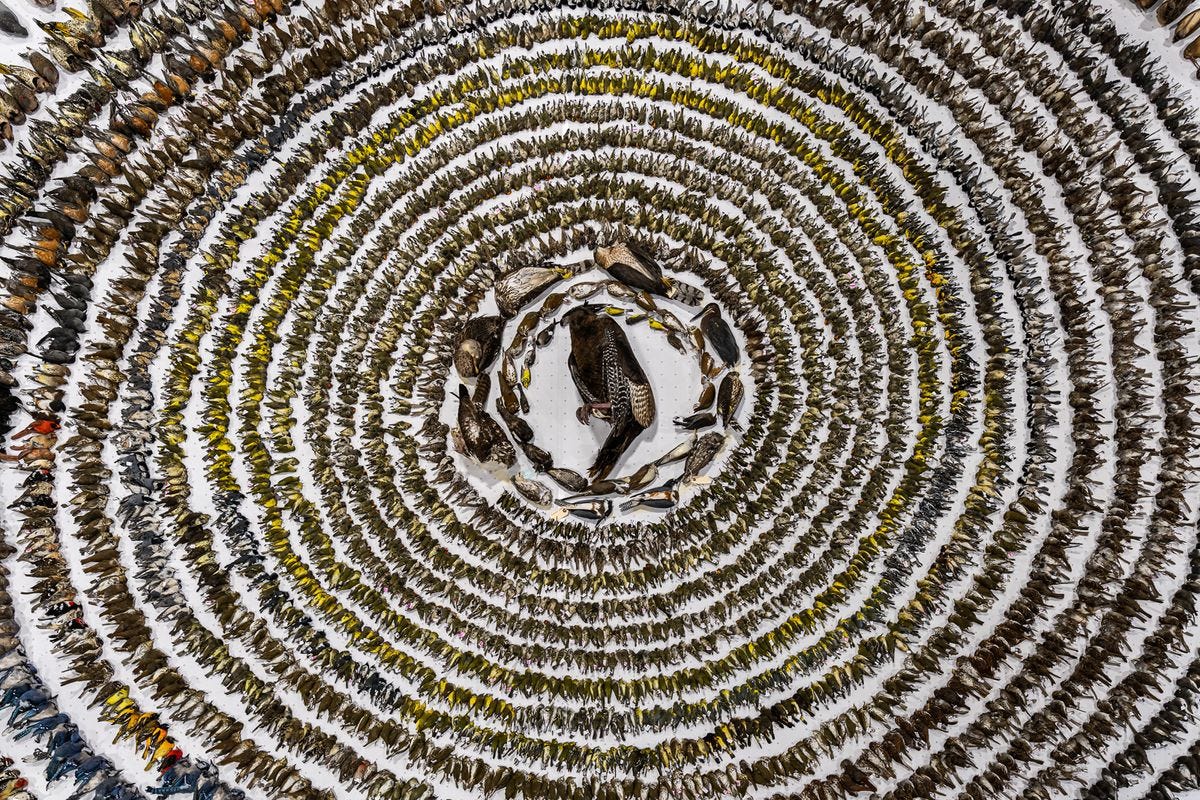Dear Solution-aries,
This week, I received a letter from a reader who complained about the magazine I regularly write for, Reasons to be Cheerful. He said “only blind optimistic people” still believe any “reasons to be cheerful” are left. He mentioned plenty of reasons to get depressed, including the war in Ukraine, the Trump Administration, and his own father’s illness.
I hear you, Gerard, but my focus doesn’t change. I’m convinced it’s more important than ever to highlight smart people who are actively working for the environment, equality, and justice.
I wouldn’t call myself an optimist but a solutionist. In my work and in my life, I always look for the people who work toward solving the problems we face. I agree with Rebecca Solnit who wrote this week:
“Hope, for me, is radically different than optimism. Optimism is the sense that everything is going to be fine. Hope is the sense that there are possibilities, and if we seize them, if we do our utmost, we might be able to realize those possibilities.”
Now is not the time to give up. It’s also not the time to withdraw into wishful thinking. Neighbors need our help. Animals need our help. Loved ones need our help.
In this spirit, I share with you two stories I recently wrote, one about rebuilding L.A. after the fires.
The devastating Palisades and Eaton fires this January destroyed more than 12,000 structures. Just like after the Woolsey fire, Governor Gavin Newsom and Los Angeles Mayor Karen Bass both promised to relax regulations and environmental requirements to help displaced residents rebuild quickly. However, environmental and planning experts question whether simply reconstructing what was lost is the best path forward.
Some even argue that residents in high-risk fire zones should not rebuild at all. I spoke with fire survivors and urban planners who told me, “The prominent discourse in Los Angeles right now is speed, speed, speed,” urban planning professor Rob Olshansky told me. “But rebuilding is an opportunity for building back better.”
I also spoke with fire victims who are rebuilding with resilience: “We are trying to let the fire teach us and take its lessons.”
Read the full story here:
‘Let the Fire Teach Us’: How L.A. Is Building Back Better
Also, it’s spring and if you enjoy birds in your yard or nearby park, please read my viewpoint:
The picture above is of dead birds FLAP Canada collected after window collisions.
I was truly shocked to find out that windows are the biggest bird killers. According to an often-quoted estimate, building collisions kill a billion birds in the U.S. every year, plus 40 million in Canada. But the true figure is likely three to five times higher. The latest research indicates that many more birds fly into windows, manage to dart away and die later from concussions or internal injuries. These have not been counted. I also learned that high rises are not the main culprit.
Here’s what you an do: We Can Stop Glass Windows From Killing Birds
Cheerfully,
Michaela



Thank you so much for articulating this impulse so beautifully. You offer a solution to surviving difficult times in this very clear call to action. I'm forwarding to several friends.